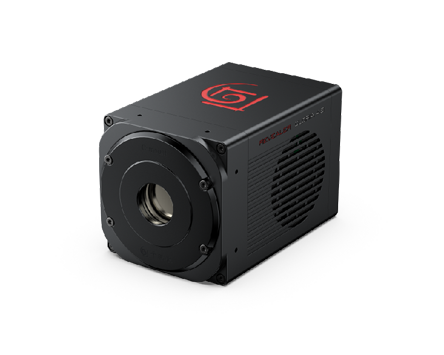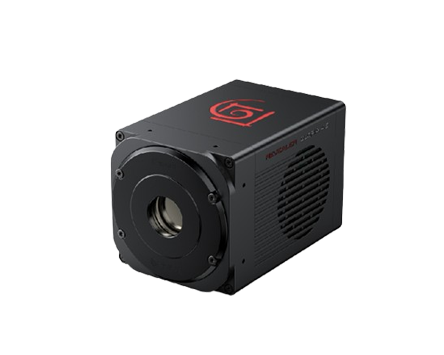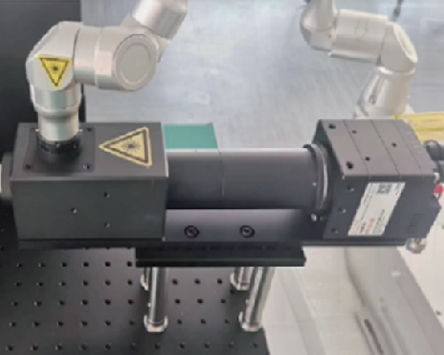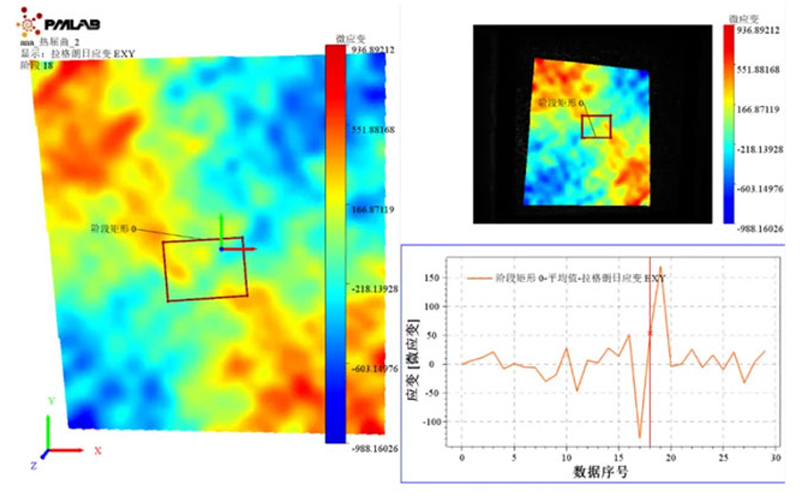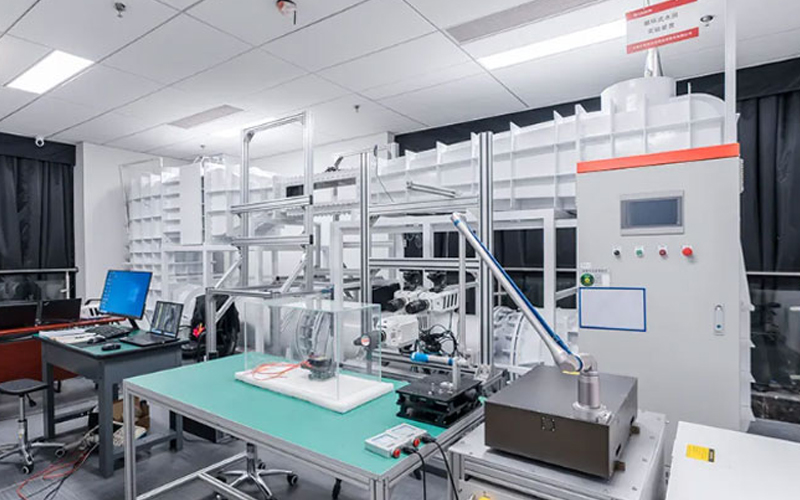

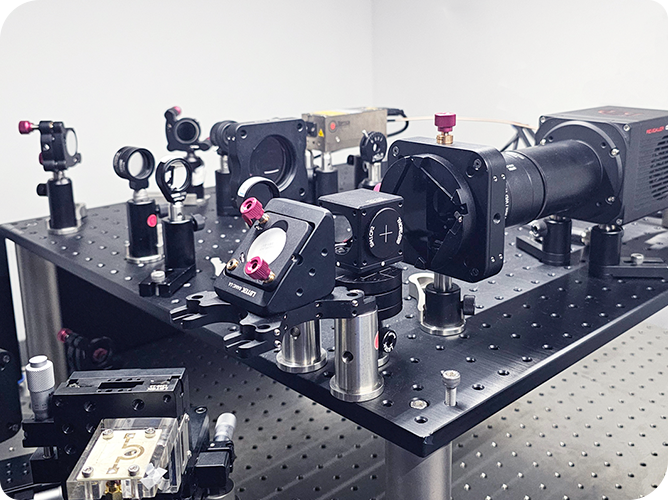
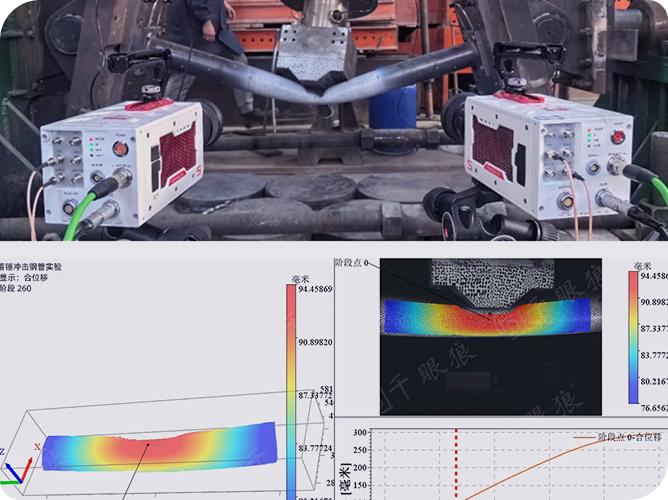
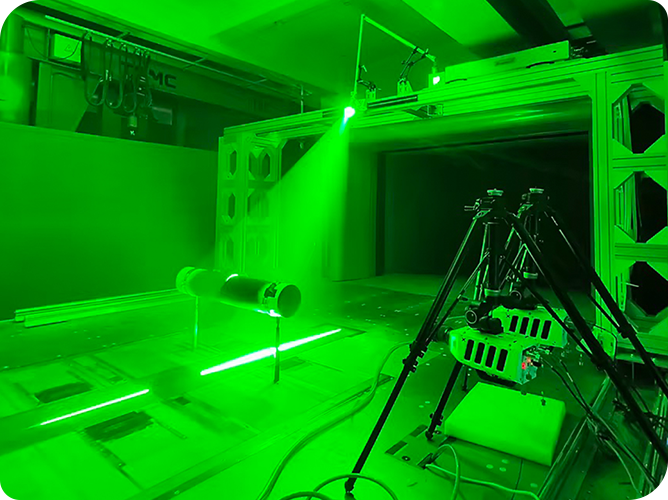
Crack detection is of great significance in the fields of engineering and scientific research, mainly in preventing structural failure and extending service life, evaluating the strength, toughness and fatigue characteristics of new materials, and engineering research in complex and extreme environments.
Traditional crack detection can be done through metallographic microscopes, ultrasound, and radiation, but there are varying degrees of defects in accuracy, efficiency, and non-destructive testing.
The Qianyanlang research team has developed a crack detection method based on sparse optical flow and the Hungarian algorithm, which has the characteristics of high accuracy, high efficiency, and flexible adaptability.
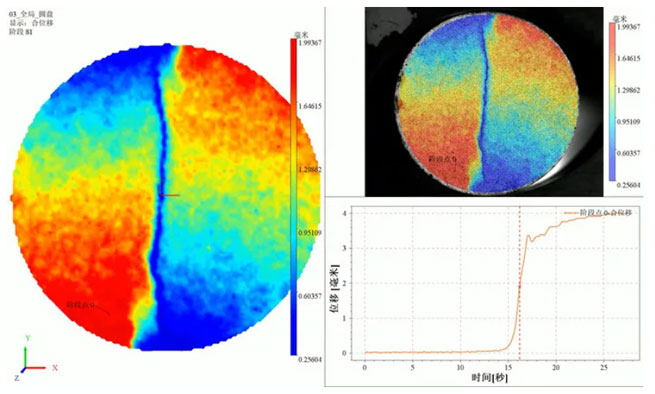
The sparse optical flow algorithm uses the displacement information between images to interpolate and deform the reference frame to simulate the deformation of the crack area, and then extracts the crack area through difference calculation. Finally, the Hungarian algorithm is used to sort the time series cracks to complete the calculation of the crack endpoints and opening angles.
Step 1: Setting the reference frame and calculation area
Select one or several frames before the crack occurs as the reference frame to ensure that there is no crack interference. Based on the reference frame, select a calculation area near the image crack that can cover the crack occurrence.
Step 2: Calculate the displacement vector of each pixel in the image
The displacement vector (dx, dy) of each pixel is calculated by analyzing the changes in the pixel points between the reference frame and the current frame. Let the time difference between the current frame and the reference frame be t, and calculate the displacement vector (Δx, Δy) of each pixel point through sparse optical flow
![]()
Where ![]() and
and ![]() represent the gradient of the image in the x and y directions respectively,
represent the gradient of the image in the x and y directions respectively, ![]() indicating the change of the image on the time axis. The sparse optical flow algorithm solves the above equations to obtain the displacement vector of each pixel and extract the area with larger displacement.
indicating the change of the image on the time axis. The sparse optical flow algorithm solves the above equations to obtain the displacement vector of each pixel and extract the area with larger displacement.
By bilinear interpolation or nearest neighbor interpolation, the pixel values of the reference frame are mapped to the new position to obtain the deformed reference frame.
![]()
Where ![]() represents the pixel value of the reference frame.
represents the pixel value of the reference frame.
Step 4: Extract cracks
Interpolate the current frame and the deformed reference frame, and after thresholding, extract the area with significant difference, i.e. the crack area.
![]()
Step 5: Sorting and calculating crack endpoints
The Hungarian algorithm is used to perform optimal bipartite matching of the crack time sequence information to obtain crack points in different time frames. The coordinates of the crack endpoints are calculated by curve fitting, and the angle between the endpoints is calculated by using the inverse tangent function.
![]()
Among them, (x1, y1) and (x2, y2) are the two endpoints of the crack, and θ is the opening angle of the crack.
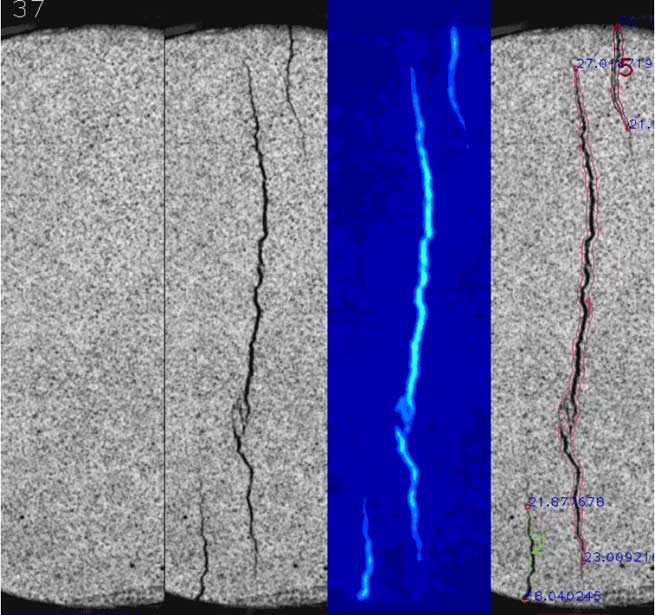
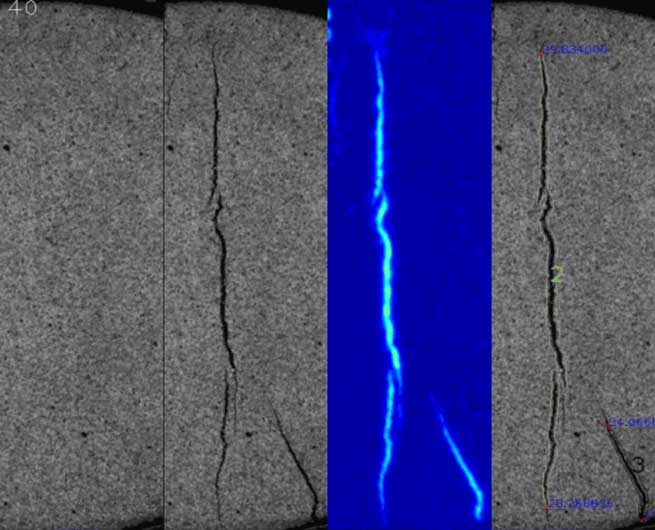

This paper introduces a crack detection method based on sparse optical flow and Hungarian algorithm. This method can intelligently, efficiently and accurately identify cracks in images by setting reference frames, calculating pixel displacement, interpolation deformation, difference calculation, crack extraction, crack sorting, and endpoint and opening angle calculation. This algorithm can be applied to industrial inspection, material monitoring and other fields to help ensure engineering safety, improve product quality, and promote the progress of material science research.
